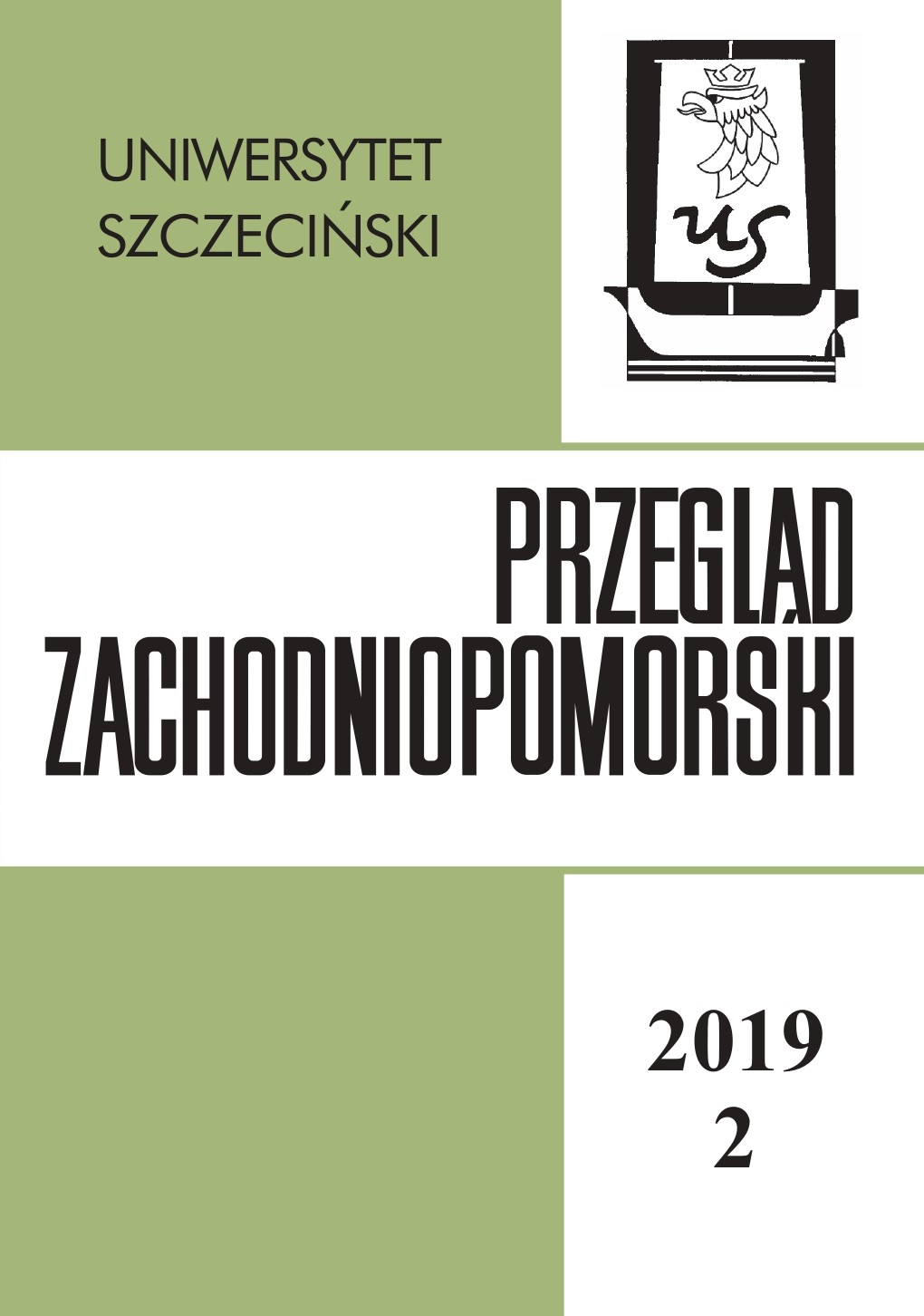„Okno na świat” i „dwójka”. Działalność placówki polskiego wywiadu i kontrwywiadu wojskowego w Gdyni w latach 1933-1939
“A Window on the World” and “Number Two”. The Activity of the Polish Military Intelligence and Counter-Intelligence Post in Gdynia in the Years 1933–1939
Author(s): Wojciech SkóraSubject(s): History, Local History / Microhistory
Published by: Wydawnictwo Naukowe Uniwersytetu Szczecińskiego
Keywords: military intelligence; the port in Gdynia; Pomerania; sea policy; counter-intelligence; the Free City of Gdańsk/Danzig
Summary/Abstract: In the years 1933-1939 in Gdynia there was a post of Polish military intelligence. It wasan officers’ Post no 2 (PO-2), subordinated to a bigger agency, the Branch Office no 3 ofthe Second Department of the Polish Army’s General Staff. An officer managed a teamof several people, military men and civilians. In turn, they managed agents, who collected information. Their number oscillated between 6 and 13. Altogether, in the years1933–1938 there were at least 37 agents working for PO-2 in Gdańsk and Germany. PO-2 was created a few months after the Nazis assumed power in the Reich andjust after Germany left the League of Nations. The years 1931–1933 were a period ofexceptional tension between Poland and Gdańsk/Danzig. It was especially visible in theforum of the League of Nations. The reason behind creating a post of offensive counter-intelligence (such was the profile of the post for the first two years) was a fear of howthe situation in the Free City of Danzig might develop. The Nazis were unpredictable anddangerous. From the counter-intelligence point of view PO-2 was a shield protecting the port in Gdynia and its surroundings from the German penetration. The vicinity of Gdańsk wasthe main reason to create the post. It was a propitious city for espionage. The Free Cityof Gdańsk/Danzig was full of deserters, smugglers, forgers, common criminals, politicalactivists, escapees and refugees. Until November 1935 the Gdynia PO-2 concentrated on counter-intelligence concerning Gdańsk. A relatively easy task was to identify flats where the Germans met withtheir collaborators. Several score of tasks were related with checking the reports concerning various people; the reports were coming from the officers’ posts, the branch office or other sources. Spies and traitors were looked for. The behaviours of selected inhabitantsof Gdańsk were investigated, especially the uncharacteristic and – at the same time –regular ones. The information was collected on the connections between Polish, Gdańskand German enterprises. Social contacts of officers of the Polish Army and the membersof their families (especially their wives) were looked at carefully. Since 1935 in connection with creating Wehrmacht out of compulsory conscriptionPO-2 changed its mode of action into offensive, mainly in West Pomerania, i.e. the eastern part of Provinz Pommern and Grenzmark Posen Westpreussen. The point was to define the state of the German armaments, the deployment of German troops, the locationof their airports and fortifications (of what was to become the Pomeranian Embankment,Pommernstellung) and the speed of mobilisation.
Journal: Przegląd Zachodniopomorski
- Issue Year: 34/2019
- Issue No: 02
- Page Range: 99-131
- Page Count: 33
- Language: Polish

